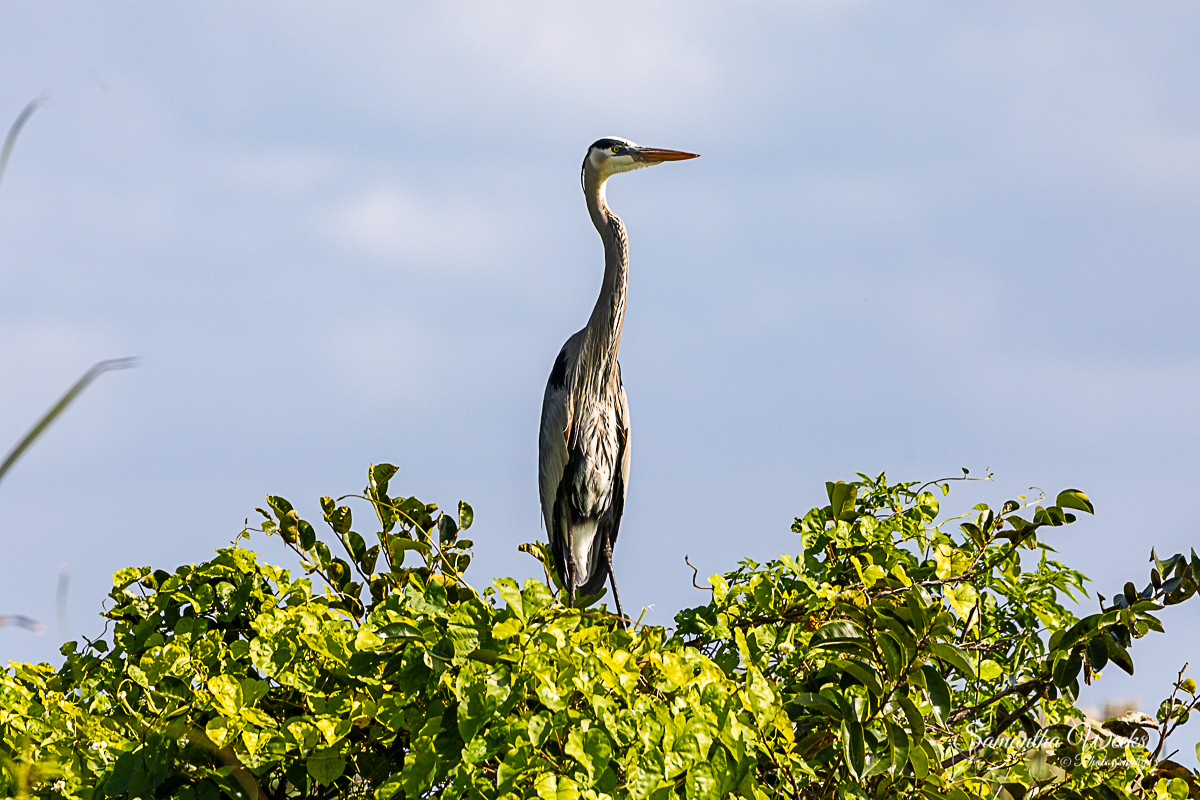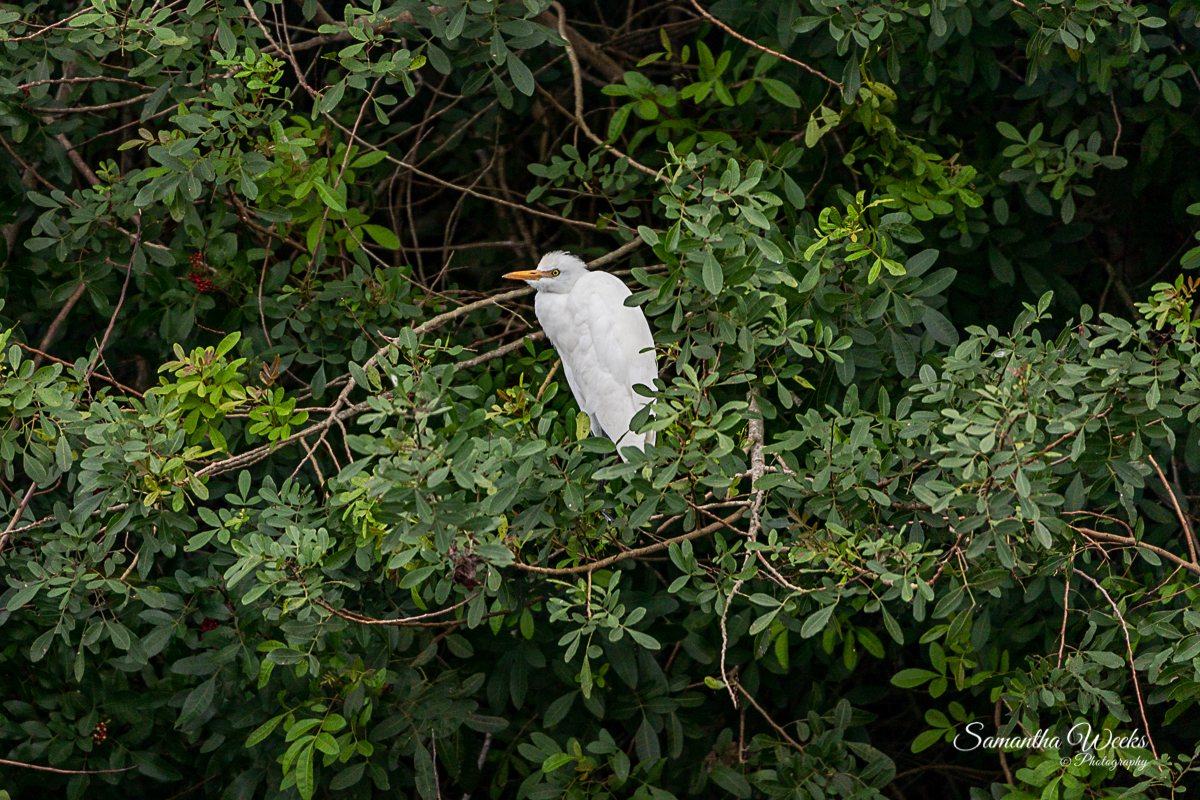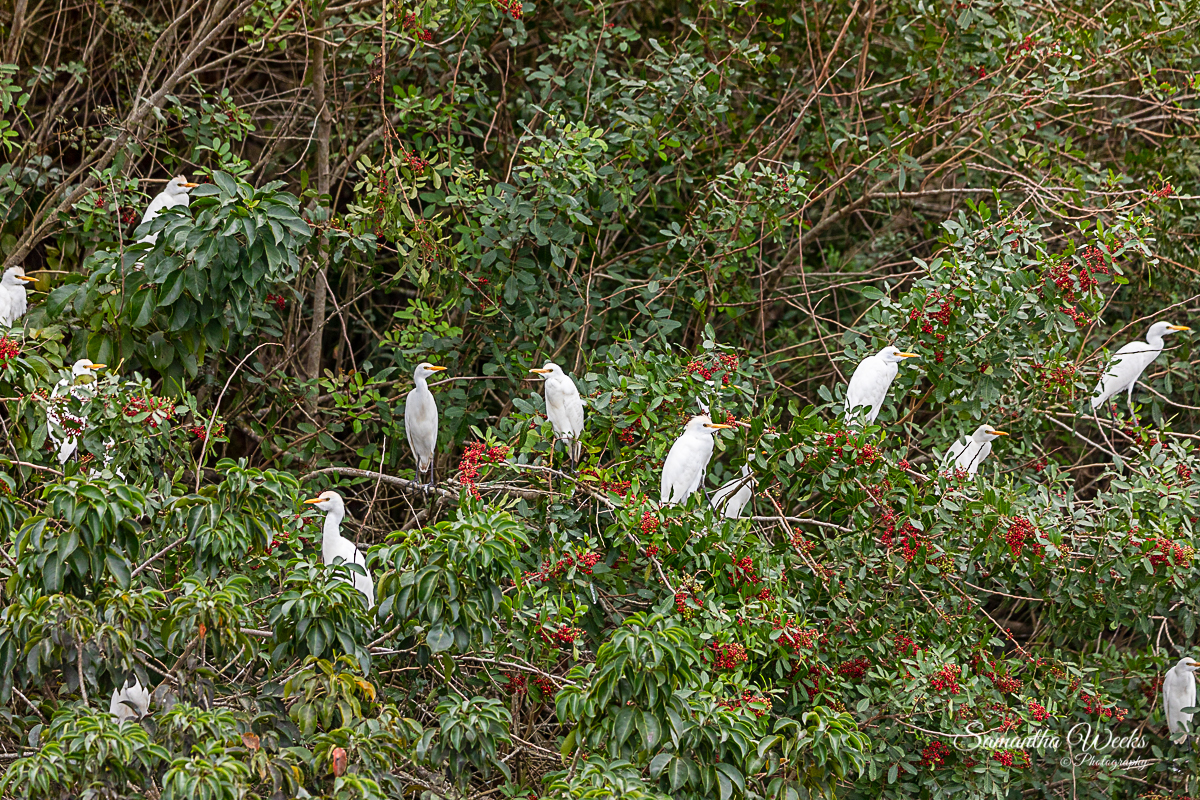Travel & LifeStyle
Prints are available in several sizes
Lake Okeechobee (US: /oʊkiˈtʃoʊbi/), also known as Florida’s Inland Sea, is the largest freshwater lake in the state of Florida. It is the eighth largest natural freshwater lake among the 50 states of the United States and the second largest natural freshwater lake contained entirely within the contiguous 48 states.
Okeechobee covers 730 square miles (1,900 km2) and is exceptionally shallow for a lake of its size, with an average depth of only 9 feet (2.7 metres). The Kissimmee River, located directly north of Lake Okeechobee, is the lake’s primary source. The lake is divided between Glades, Okeechobee, Martin, Palm Beach, and Hendry counties. All five counties meet at one point near the center of the lake. On the southern rim of Lake Okeechobee, three islands—Kreamer, Ritta, and Torey—were once settled by early pioneers. These settlements had a general store, post office, school, and town elections. Farming was the main vocation. The fertile land was challenging to farm because of the muddy muck. Over the first half of the twentieth century, farmers used agricultural tools—including tractors—to farm in the muck. By the 1960s, all of these settlements were abandoned.
The name Okeechobee comes from the Hitchiti words oki (water) and chubi (big). Mayaimi, meaning “big water,” is the oldest known name, as reported in the 16th century, by Hernando de Escalante Fontaneda. Slightly later in the 16th century, René Goulaine de Laudonnière reported hearing about a large freshwater lake in southern Florida called Serrope. By the 18th century the largely mythical lake was known to British mapmakers and chroniclers by the Spanish name Laguna de Espiritu Santo. In the early 19th century it was known as Mayacco Lake or Lake Mayaca after the Mayaca people, originally from the upper reaches of the St. Johns River, who moved near the lake in the early 18th century. The modern Port Mayaca on the east side of the lake preserves that name. All of Lake Okeechobee was included in the boundaries of Palm Beach County when it was created in 1909. In 1963, the lake was divided among the five counties surrounding the lake.






